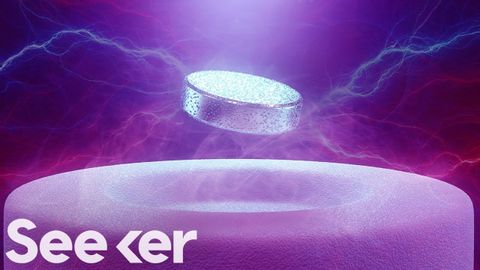These Strange Metals Could Make Electronics Perfectly Efficient
joey joey が 2021 年 04 月 12 日 に投稿  この条件に一致する単語はありません
この条件に一致する単語はありませんUS /məˈtɪriəl/
・
UK /məˈtɪəriəl/
- n. (c./u.)衣料;原材料;原料
- adj.関連な,重要な;世俗的な : 物質的な : 物質でできた
US /ɪmˈpruv/
・
UK /ɪm'pru:v/
US /ˈstrʌk.tʃɚ/
・
UK /ˈstrʌk.tʃə/
- n. (c./u.)構造;建物
- v.t.組み立てる;組織する
US /ɪkˈstrim/
・
UK /ɪk'stri:m/
- adj.(程度が)最も高い : 極度の;極端な;強烈な;極端な
- n.(物事の)極端 : 極致;極限;極端な手段
エネルギーを使用
すべての単語を解除
発音・解説・フィルター機能を解除

